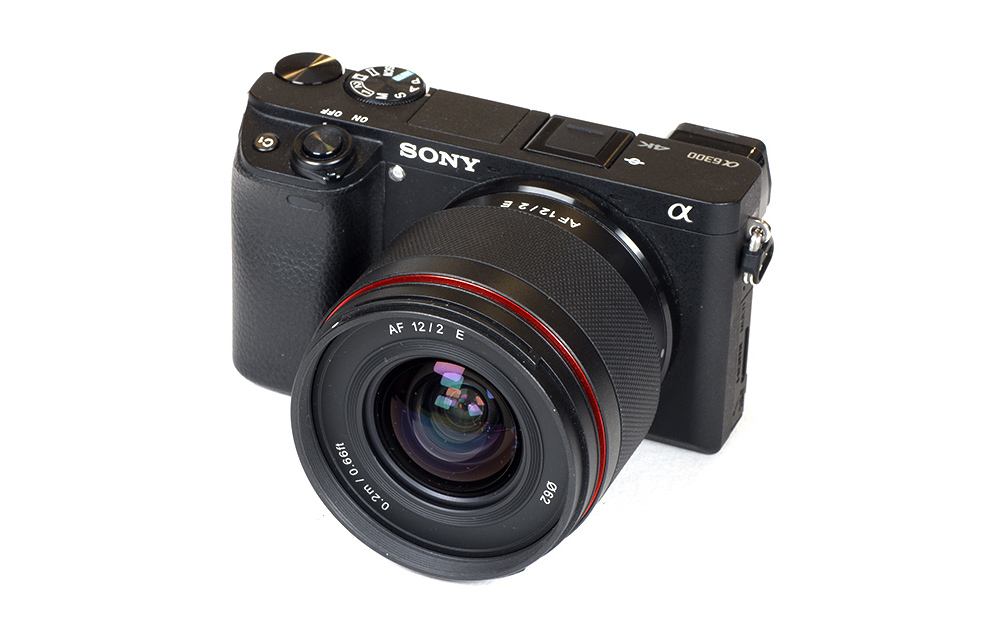Table of Contents
Introduction
The Samyang AF 12mm f/2 E has been on the market for quite some time, so we are a bit late to the game here.
However, the design of the lens isn’t new anyway – it dates back to the Samyang 12mm f/2 NCS CS, a manual focus lens.
Even so, it’s certainly one of the more interesting prime lenses for APS-C cameras. It’s wide, it’s fast, and it’s affordable at just $300/340EUR.
Samyang emphasizes its suitability for astrophotography due to the fast max aperture of f/2. While it may be fast enough, we’d probably wish for something wider for this specific use case.
However, 12mm (=18mm FF equiv.) is a sweet spot for landscape photography, allowing for dramatic results without being too extreme.
The build quality of the lens is really nice with its matte finish and textured, rubberized focus ring.
Weather-sealing and a rear protective glass prevent dust and moisture from entering the inner lens.
Being this small and with a weight of just 224g, it’s also ideal for use on gimbals and drones – and it’s not a burden in your camera bag either.
A small, petal-shaped lens hood is part of the package.
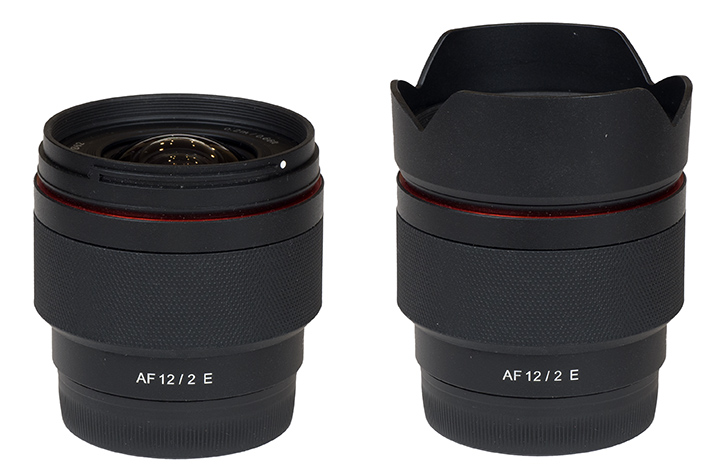
The AF speed is pretty snappy and near-silent. Manual focusing works “by-wire” as usual. There’s no dedicated AF/MF switch on the lens, so you have to set the mode via your camera.
| Specifications | |
|---|---|
| Equivalent focal length (full-format) | “18mm” |
| Equivalent aperture (depth-of-field, full-format) | “f/3” |
| Optical construction | 12 Elements in 10 Groups (H-ASP 1, ASP 1, ED 3) |
| Number of aperture blades | 7 (circular) |
| min. focus distance | 0.19m (max. magnification 1:11.1) |
| Dimensions | 70×59.2mm |
| Weight | 224g |
| Filter size | Φ62mm |
| Hood | petal-shaped (bayonet mount, supplied) |
| Mounts | Sont E, Fujifilm X |
| Other features | – |
Distortions
The Samyang AF 12mm f/2 E is already very well corrected in its original form with a barrel distortion of just 1.5%. This is very low for such an ultra-wide lens. Auto-correction takes care of the rest, as usual.
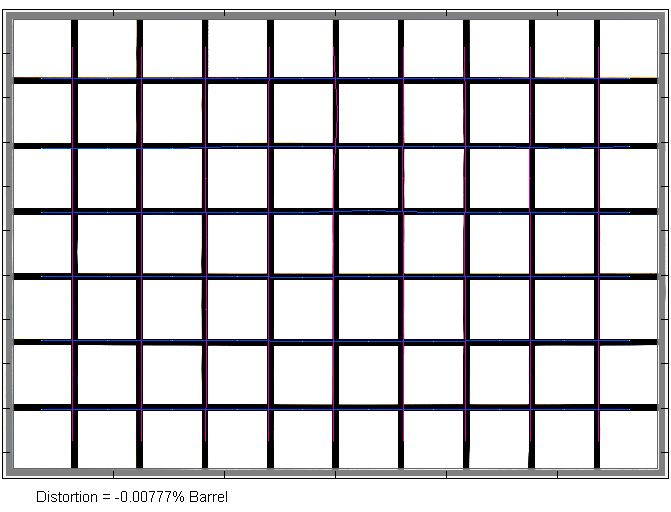
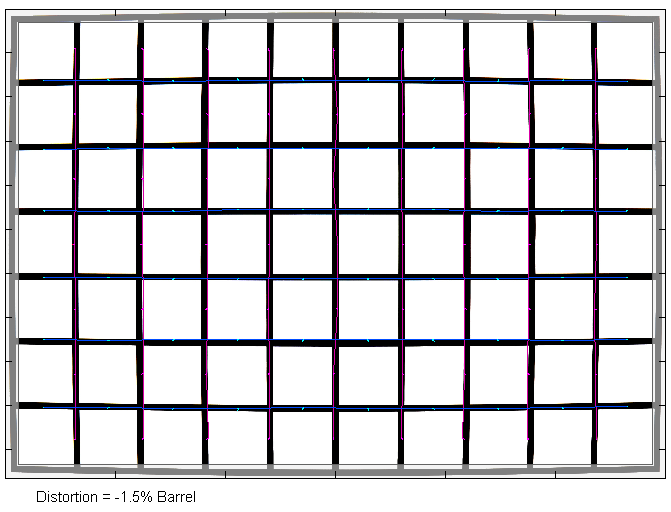
Vignetting
The RAW vignetting figures are quite extreme, with a peak of more than 3EV (f-stops) at f/2. That’s WAY beyond our usual scale for APS-C format lenses. Stopping down helps, but the light falloff remains beyond 1EV, even at f/8. Auto-correction shaves off about 1.5EV at f/2 – with a corresponding increase of image noise in the corners due to the required signal amplification. At f/2.8, the vignetting is pretty good already in this scenario, and there’s not much to complain about from f/4 onward.
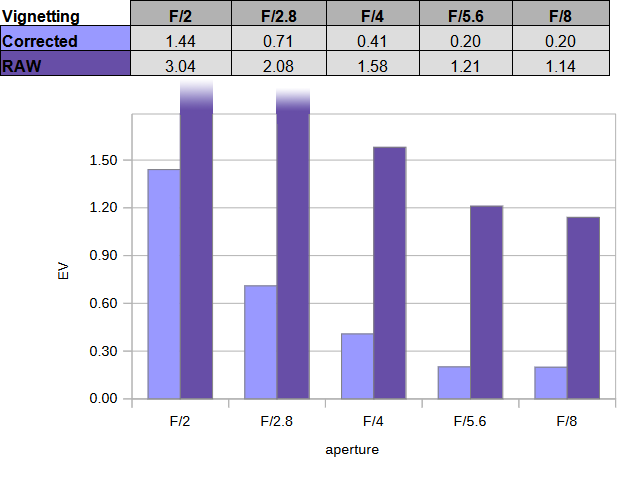
MTF (resolution)
The Samyang lens is capable of producing very good results in our MTF lab. At f/2, the center resolution is already excellent, and the outer image field is at least on a good level – albeit just. For an extra kick, you should, however, stop down to f/2.8, in which case the borders/corners recover nicely already. The global peak performance is reached between f/4 and f/5.6 with still excellent center quality and very good corners/borders. Beyond diffraction takes its toll, and f/11 should be avoided already.
The field curvature is very flat – which is indeed good for astrophotography. The centering quality of the tested sample – often a weak aspect with Samyang lenses – was Okay.
Please note that the MTF results are not directly comparable across the different systems!
Below is a simplified summary of the formal findings. The chart shows line widths per picture height (LW/PH) can be taken to measure sharpness. If you want to know more about the MTF50 figures, you may check out the corresponding Imatest Explanations
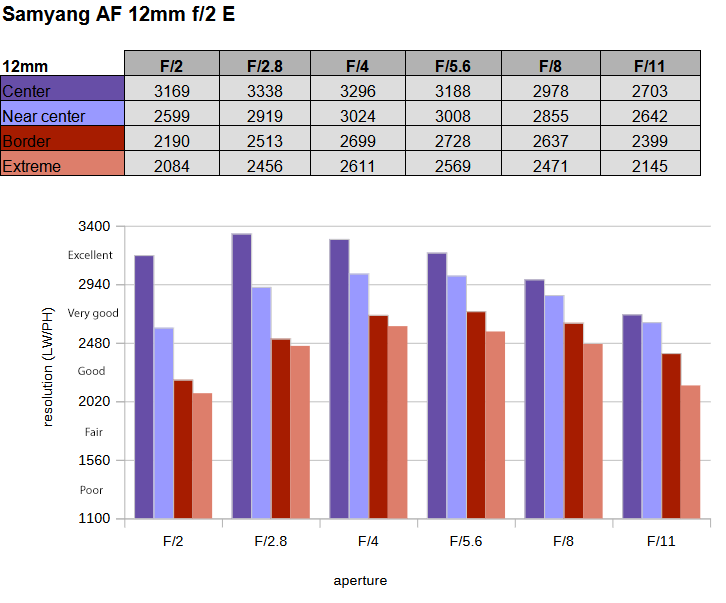
Chromatic Aberrations (CAs)
Lateral CA (color shadows at the image borders) is a weakness of the Samyang lens, with a pixel width of 1.8px at the image corners. However, image auto-correction is usually able to fix this problem.

Sun Stars (Experimental)
Below is a sequence of images from f/2 all the way up to f/16 – illustrating the Sunstar behavior (using an LED on a dark background). Sun stars are an aperture effect when shooting bright light sources such as street lights, the sun, etc. At large aperture settings up to f/2, there isn’t much going on because the aperture has simply a circular shape. Short sun stars start to emerge at f/2.8 already. They are nicely rendered at f/8 and, as so often, best at f/16. Overall, this is better than on most lenses, also thanks to the pointy character of the rays.
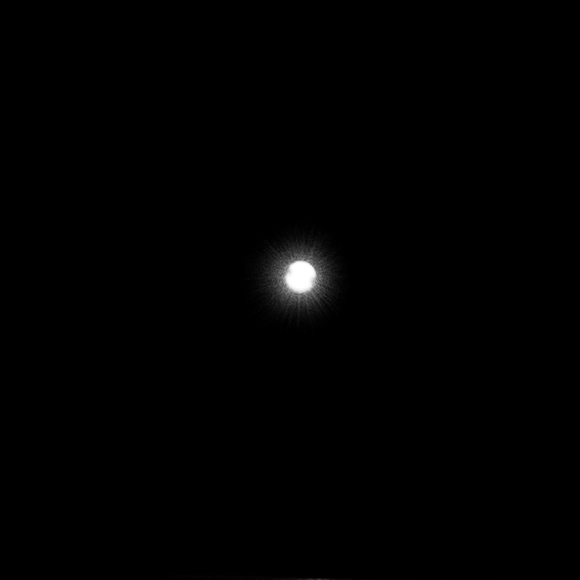
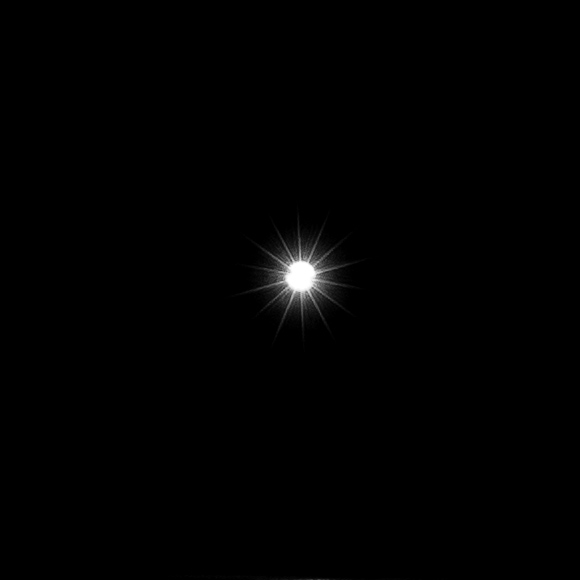
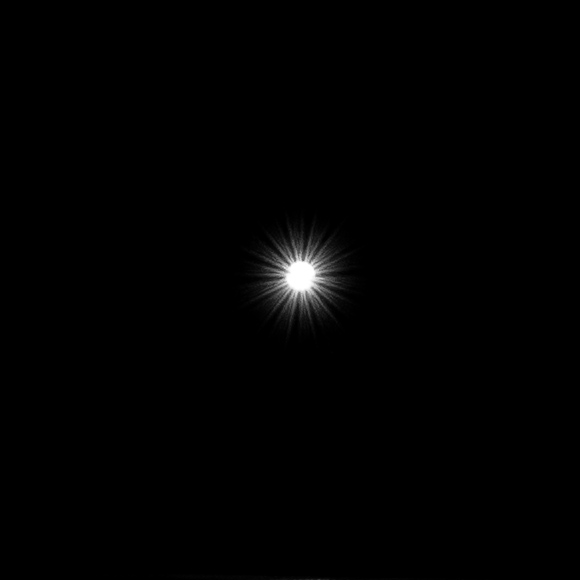
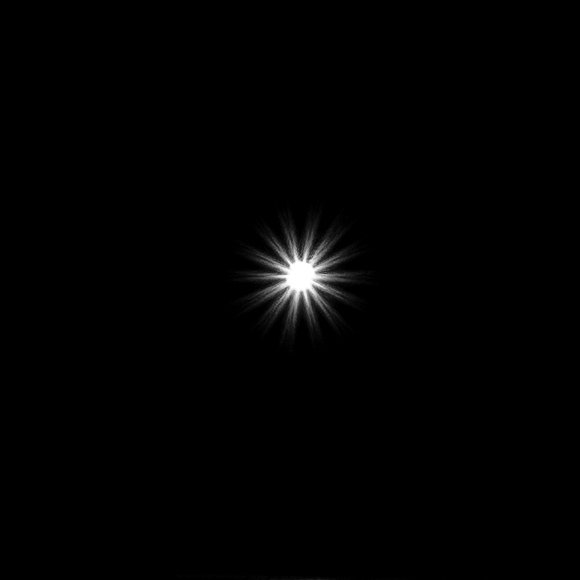
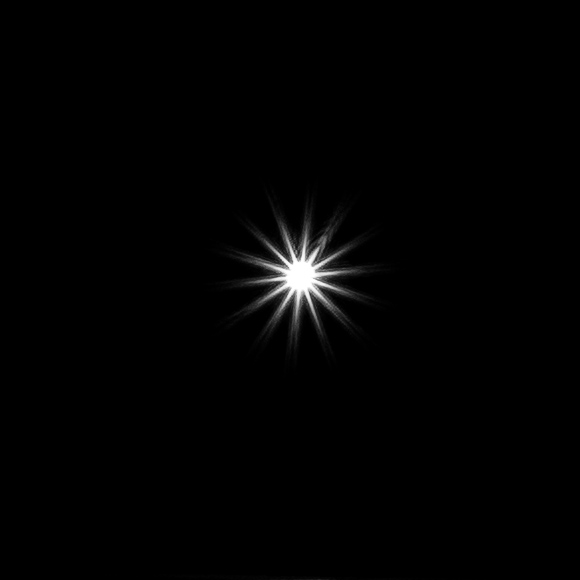
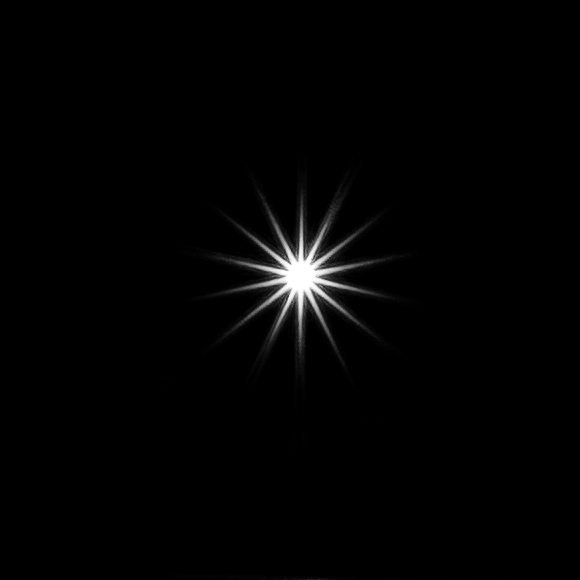
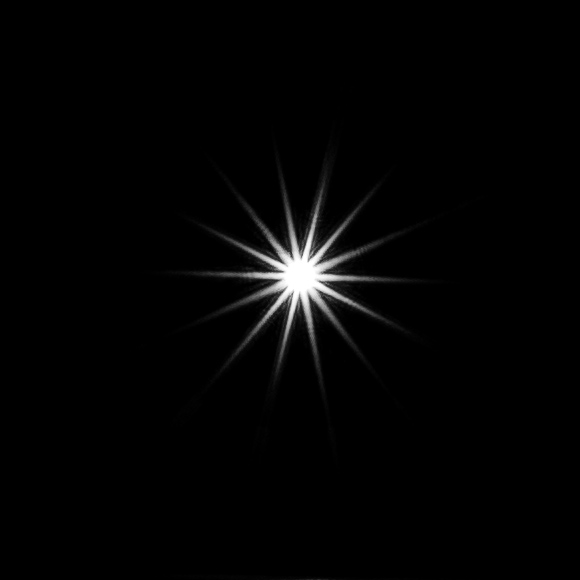
Flare
We always point out that you can drive all lenses into producing flare effects – it’s just a matter of how extreme the light source is. Also, keep in mind that you often won’t even take the shot in such scenes. Veiling glare at hard contrast transitions is more important (but hard to quantify as well).
Below is a sample scene with the sun in one corner – which is very tough for most lenses, including the Samyang AF 12mm f/2 E. You can spot some ghostings due to internal reflections here. This is somewhat worse than average.
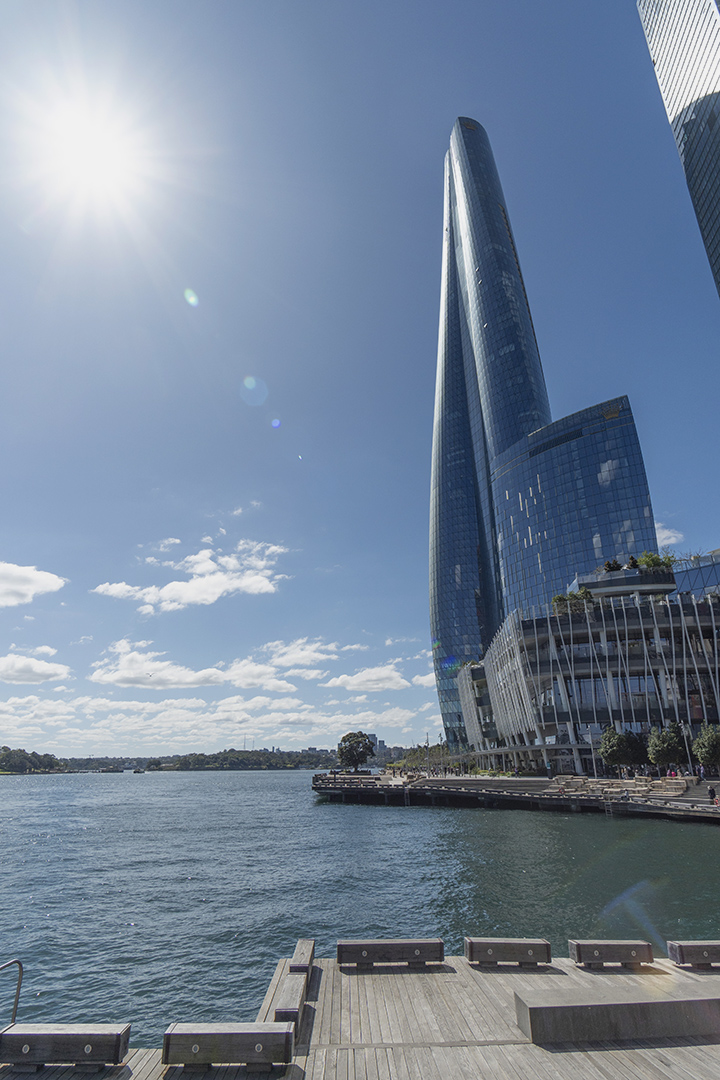
Sample Images
Competition
The Samyang AF 12mm f/2 (shown to the left below) is available both in E-mount as well as Fujifilm X-mount. The lens is a slightly more obvious choice in X-mount because Fujifilm doesn’t offer anything between the XF 8mm f/3.5 and XF 14mm f/2.8. In Sony E-mount, it isn’t without competition, though – namely from the Sony E 11mm f/1.8 (center below), the Viltrox AF 13mm f/1.4 (no picture), and the Zeiss Touit 12mm f/2.8 (to the right). The Sony lens is a bit more expensive. However, it’s faster and a tad wider. It’s also easily as good. The Viltrox lens is faster still and sits between the two price-wise, and it offers the highest resolution of them all in the overlapping aperture range. However, it’s also bigger and heavier. The Zeiss Touit is an older lens – a good performer but nothing overly special. So you’ve got quite some options to balance your budget and preferences here.

The Samyang AF 12mm f/2 E strikes a nice balance between quality and pricing. The border/corner performance is just Okay at f/2 - which isn't ideal for astrophotography despite the lens being marketed for this purpose. The heavy vignetting also requires quite some auto-correction at this setting. However, the image quality sharpens up nicely at f/2.8 already, and it's pretty darn good between f/4 to f/5.6. The native lateral CAs are somewhat on the high side, but auto-correction can do its magic here without losses. It doesn't have much to work on with respect to image distortions - these are quite low. Flare can be a bit of a problem in difficult scenes, so don't forget to use the provided lens hood. The bokeh is rather rough, unfortunately. Sun stars are nicely rendered, though.
It's a rather low-budget lens, but you won't really notice this when picking up the lens. It's very lightweight, yet it feels solid, and the texture of the rubberized, focus ring is also quite nice. Additionally, it also features decent weather sealing, including a sealed rear element for extra protection. The AF is pretty snappy and quiet.
The Samyang AF 12mm f/2 E may not be the best ultra-wide angle lens in its class, but if you are on a budget, it is a viable choice.
-
Optical Quality
-
Build Quality
-
Price / Performance


